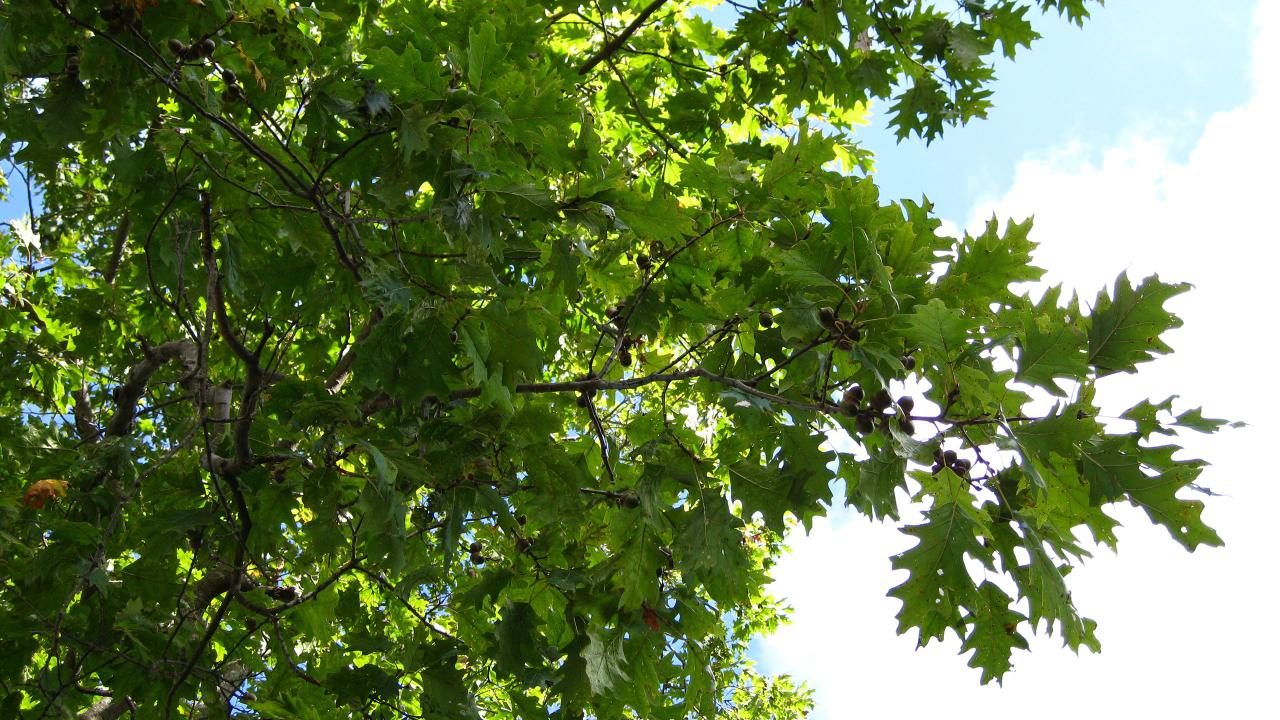F: U.S. hardwood exporters ensure all applicable taxes and fees are paid
Key point
-
U.S. hardwood producers can demonstrate that all applicable taxes, fees and assessments as they relate to timber ownership and purchase transactions have been paid.
Key facts
-
Rule of law and enforcement of tax collection and contracts in the United States is effective. Across all U.S. sectors, compliance to tax rules is over 83 percent.
-
Delivery tickets or payment records demonstrate payment of fees and taxes.
-
U.S. Federal and State laws require forestry organizations to pay timber harvesting and other taxes.
-
The U.S. Forest Service provides access to information on applicable federal and state tax laws and regulations: http://www.timbertax.org/
Detail
Seneca Creek 2017 Assessment, Section 5.5 & Seneca Creek 2017 Assessment, Section 5.6: While timber theft is a significant and consequential problem for affected landowners, the volume of U.S. hardwood production that may be illegally obtained is very low relative to production, almost certainly less than one percent across the hardwood region, notwithstanding some estimates posted on websites to the contrary. Given the nature of the businesses involved in export, the volume of potentially stolen U.S. hardwood that enters the export market is likely negligible.
Seneca Creek 2017 Assessment, Section 6: The data indicate that non-payment of tax liabilities in the United States is the exception rather than the rule.
Seneca Creek 2017 Assessment, Section 7: In the United States, federal environmental legislation contributes to sustainable forestry practices throughout the hardwood region. All forest owners in the United States are subject to a myriad of federal, state and local laws, regulations and ordinances affecting the manner in which forestry is practiced. Violations of federal and/or state environmental laws while harvesting or managing forest properties can also lead to prosecution and penalties, as can noncompliance to regulated forest practices where they apply.
Seneca Creek 2017 Assessment Finding 7: The amount of stolen timber across the hardwood region is very low relative to total hardwood production. The few academic studies and systematic surveys published since 2008 continue to suggest that stolen wood very likely represents a negligible volume in the mix of hardwood products exported, almost certainly less than one percent. [Section 5]
Seneca Creek 2017 Assessment Finding 8: Since 2008, several states have further strengthened enforcement capability and/or increased penalties for crimes involving timber theft. [Section 5]
Seneca Creek 2017 Assessment Finding 9: Since 2008, the amended U.S. Lacey Act has strengthened U.S. law and regulation with respect to illegal sourcing of wood materials. [Section 2]
